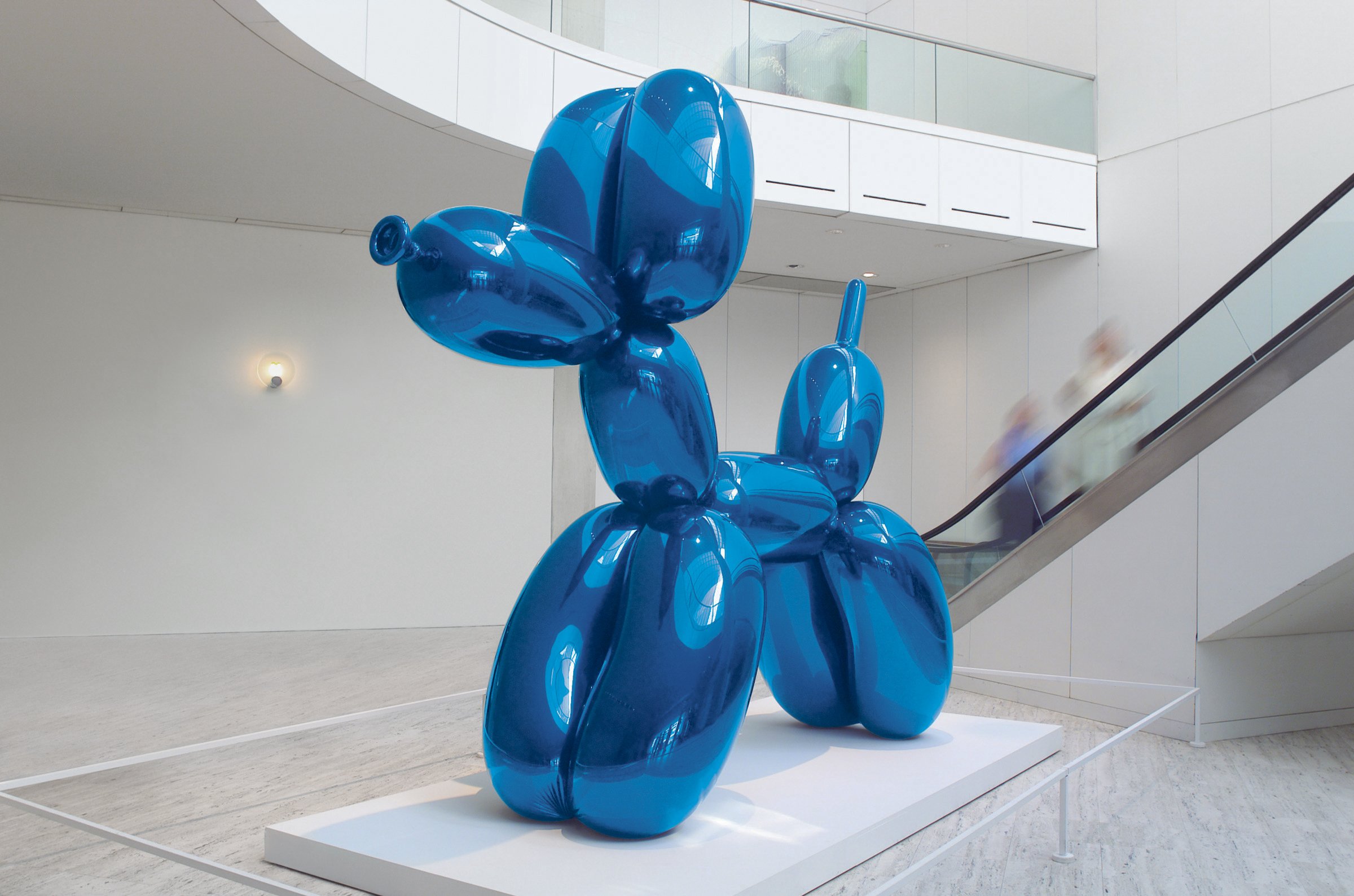Liverpool Biennial, the UK’s largest festival of contemporary visual art, has a profound impact on the city’s cultural landscape. This prestigious event not only enhances Liverpool’s reputation as a hub for the arts but also significantly influences the local property market. Here’s an exploration of how the Liverpool Biennial affects housing demand and presents opportunities for property investment, with insights from TK Property Group.
The Cultural Impact of Liverpool Biennial
The Liverpool Biennial attracts artists, critics, and visitors from around the world, turning the city into a global cultural hotspot every two years. The influx of international visitors and participants elevates Liverpool’s status on the global art scene, fostering a vibrant and diverse cultural environment.
The Biennial also engages the local community through a range of public artworks, exhibitions, and events spread across various venues and public spaces. This engagement enriches the cultural life of residents and enhances the city’s appeal as a dynamic and creative place to live.
Influence on Housing Demand
During the Biennial, the demand for short-term rentals surges as artists, curators, and tourists seek accommodation. This increased demand provides a lucrative opportunity for property owners to capitalize on higher rental yields. The presence of the Biennial can make areas close to major venues particularly attractive for buy-to-let investments.
The cultural prestige associated with the Biennial can lead to a boost in property values, especially in neighbourhoods that host major events and installations. Areas like the Baltic Triangle, Ropewalks, and the city centre benefit from enhanced visibility and desirability, driving up property prices and attracting investors.
Key Areas Impacted by the Biennial
- Baltic Triangle
The Baltic Triangle, a creative and cultural district, is a focal point for many Biennial events. Known for its vibrant arts scene and trendy atmosphere, this area attracts young professionals, artists, and entrepreneurs.
The influx of visitors and ongoing cultural activities make the Baltic Triangle a prime location for property investment. High demand for both residential and commercial properties ensures strong rental yields and property value appreciation.
- Ropewalks
Ropewalks, another key area for Biennial installations, is renowned for its eclectic mix of bars, restaurants, and cultural venues. Its central location and lively atmosphere make it a popular choice for residents and tourists alike.
The continuous cultural activities and events in Ropewalks enhance its appeal, leading to increased housing demand. Investors can benefit from the area’s popularity and the potential for long-term growth in property values.
- City Centre
Liverpool’s city centre is a hub for Biennial activities, with numerous galleries, museums, and public spaces participating in the event. The central location offers convenience and accessibility, attracting a diverse range of residents.
Properties in the city centre experience heightened demand during the Biennial, contributing to higher rental rates and occupancy levels. The cultural significance of the area supports sustained property value growth, making it a sound investment choice.
Long-Term Benefits for Property Investment
The Liverpool Biennial significantly enhances the city’s cultural capital, making it an attractive place to live, work, and invest. The festival’s reputation helps to foster a creative and vibrant community, which in turn attracts more residents and businesses to the area.
The Biennial often spurs urban regeneration projects, as public spaces and buildings are revitalized to host artworks and events. These improvements can lead to increased property values and improved living conditions, benefiting both residents and investors.
The cultural allure of the Biennial attracts high-quality tenants, such as professionals in the arts, media, and creative industries. These tenants are often willing to pay premium rents for properties located in culturally rich and dynamic neighbourhoods, ensuring stable rental income for landlords.






